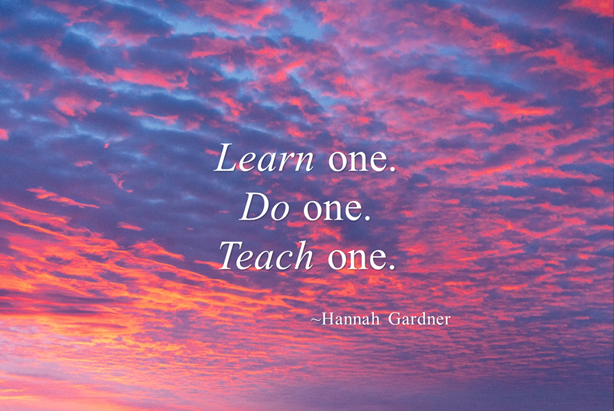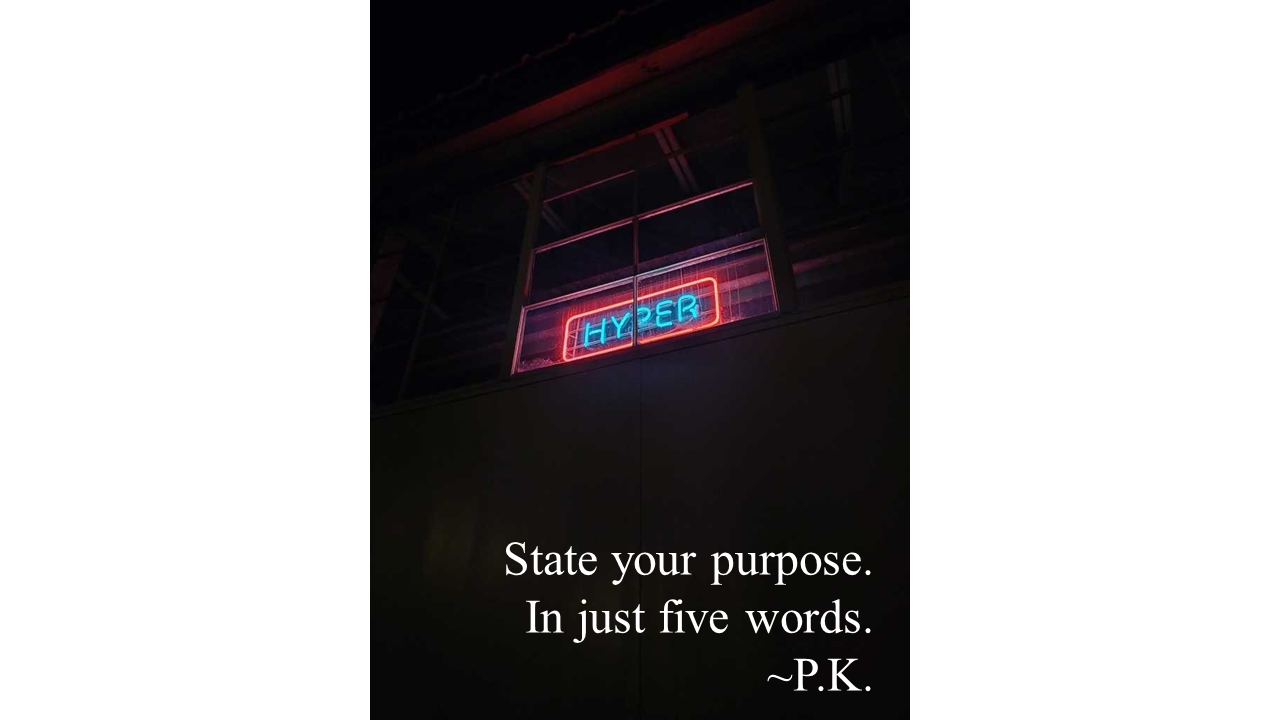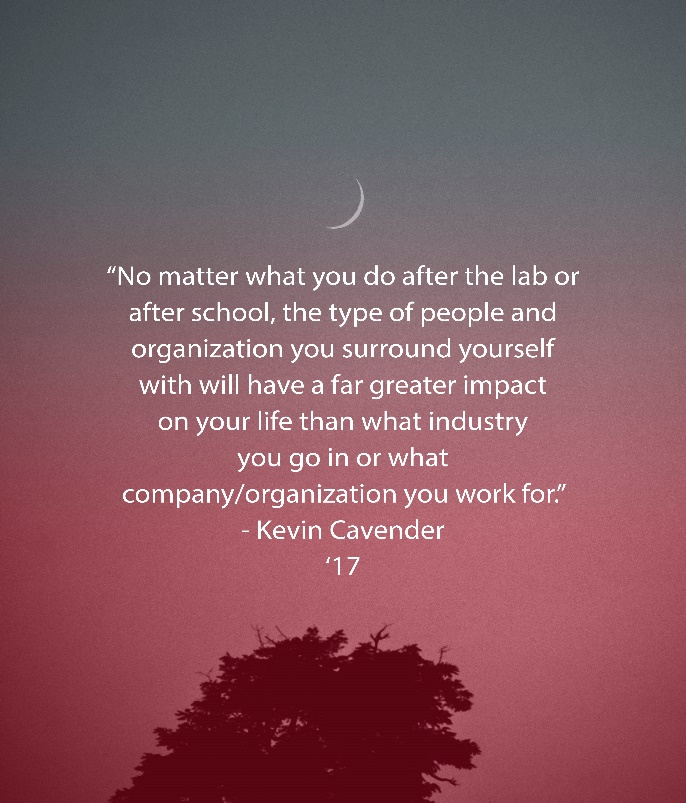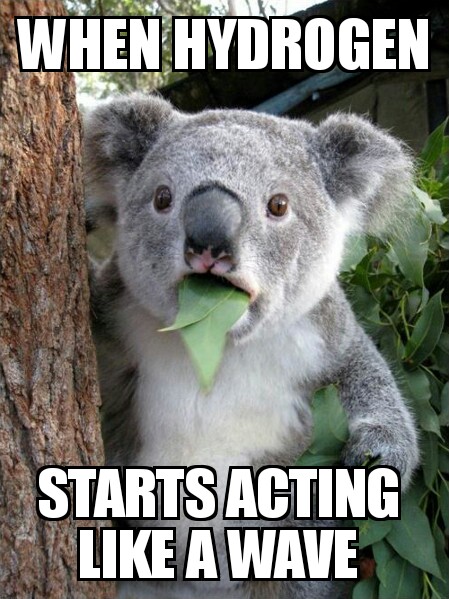Onboarding and Professionalism
You can learn so much about an organization by how they onboard you and you can learn so much about your new members by how they onboard into your community. HYPER strives to onboard effectively and continually practice professionalism. See our Professional Practice Compendium Spring 2020 to learn more about the steps we take towards these goals.

Community Structure
One of HYPER’s core priorities is community. We want to build not just a community, but one that focuses on professional practice. One that promotes open communication and continuous improvement. We want to facilitate synergy, allowing the lab to perform at a level beyond what the sum of the individuals could. We want the community member’s skills to complement each other’s.
The HYPER lab uses a community structure that fosters communication, and for lack of a better word, community. Communities require active participants. HYPER averages between 20-40 people based on project needs. The community is structured via Laboratory Management, Project Managers, Project participants, and the Core team:
Laboratory Management:
HYPER Laboratory Director — Jacob Leachman – He is the authority of the lab with three roles: 1. Fundraising for new projects, 2. Communications, and 3. Training.
Personnel Manager — Mark Parsons – He handles the finances, purchasing, and personnel payroll.
Skills Manager — P.K. Northcutt II – He continues to compose the personal skills of lab members.
Test Manager — Caleb Stauffer – He completes service center testing with our many experimental facilities.
Communications Manager — Alaina Duskin – She maintains our social media presence and designs lab communications.
Project Managers: Manage work towards completion of project deliverables. Typically graduate students but sometime include advanced undergraduates, each manages a team of undergraduates towards project completion.
Project Participants – Usually undergraduates from many majors who are working with project managers.
Core Team – The acceptation to the structure. This team consists of the newest lab members who are usually freshman and sophomores. They work directly with the management on problems or tasks faced by the community as a whole.
The Top Shelf
HYPER has a lot to teach the members of it community. One thing HYPER focuses on is continuous improvement. Personal continuous improvement can take may forms, but one that is consistently mentioned is reading. There is a lot to learn from reading. That is why HYPER has put together the top shelf, our reading list.
Professionalism
- “Start Finishing” by Charlie Gilkie
- “The Culture Code” by Daniel Coyle
- “Land Grant Universities for the Future: Higher Education for the Public Good,” by Gordon Gee and Stephen Gavazzi
- “Never Split the Difference: Negotiating as if your life depends on it,” by Chris Voss
- “The 7 Habits of Highly Successful People” by Stephen Covey
- “How to Win Friends and Influence People” by Dale Carnegie
- “The Book of Qualities” by J Ruth Gendler
Safety
History
- “Science: The Endless Frontier,” by Vannevar Bush
- “Boltzmann’s Atom” by David Lindlay
- “Maxwell’s Demon: How Warmth Disperses and Time Passes: The History of Heat,” by Von Baeyer
- “Taming Liquid Hydrogen: The Centaur Upper Stage Rocket 1958-2002″ by Bowles and Dawson
- “Mathematics and Plausible Reasoning Volume 1,” By George Polya














